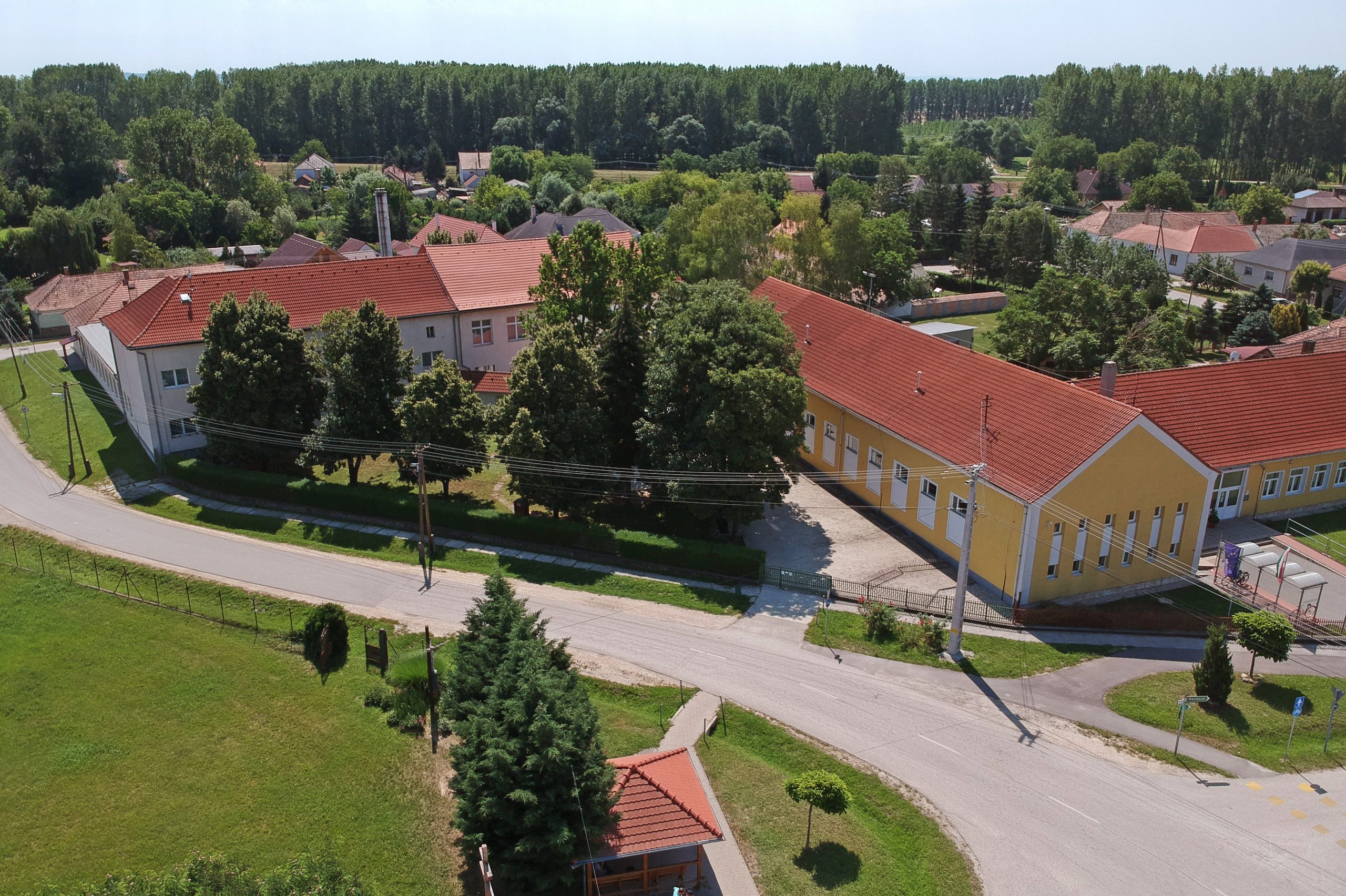Level of education was the only factor which had a significant correlation with the success of Fidesz in municipalities around Hungary during the elections of April 3, the research of G7.hu shows. More specifically, the economic news portal found that the higher the number of individuals with no more than a primary school education in a given municipality, the greater the level of support for Fidesz was in the election.
G7.hu has written a series of articles since the April 3 election with the intention to understand the determinants of voter preference in Hungary. They found that in places with more people employed in public works and higher levels of unemployment, the governing party was more successful. In municipalities with a better quality of life, however, Fidesz was less successful.
The news portal notes that in the absence of precise polling on voters’ behavior, for example through an exit poll, it is more difficult to have representative results. Thus they must rely on information from municipalities, which makes the validity of their findings questionable, and further investigation into causal relationships unfounded.
The information which was available from Hungarian municipalities and which G7.hu used as factors in its analysis of voter preference is as follows:
- level of education (number of people above the age of 15 with no more than a primary school education)
- income
- property (number of cars per 1,000 inhabitants)
- internet use
- unemployment
- employment in public works
- age
- entrepreneurial activity (number of businesses per 1,000 inhabitants)
- Roma population
These factors were related to the number of list votes cast for Fidesz at the municipal level in the last election. Surprisingly, the only factor which had significant correlation to Fidesz votes was the level of education among voters.
Absence of Higher Education Correlated with Support for Fidesz
In municipalities where the adult population had higher numbers of people with no more than a primary-level education, Fidesz tended to win more votes. On a scale of zero to one, education level had a correlation of 0.45.
All other factors either had negative scores with regard to their correlation to Fidesz votes or had very minimal correlation. Perhaps the only other notable factor was the ratio of Roma population in each municipality. This factor had a .12 on the zero to one scale.
These findings are noteworthy, especially from the accounts of vote counters, who said that the existential dependence of many people in Hungary’s impoverished regions, among them many Roma, played a decisive role in deciding on who to vote for.
The results are also similar to those seen in 2018, when education was once again a significant factor in voter preference.
G7.hu stressed the importance of careful interpretation, since the absence of more accurate data to work with can lead to misconceptions. Correlations at the municipal level may not be representative of voters at the individual level, since a village with a population of a few dozen is as equal in representation (one unit) as the country’s most populated cities.
Featured photo illustration by Vivien Cher Benko/MTI/Prime Minister’s Press Office




